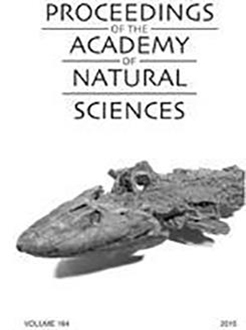Remote sensing is an invaluable tool to objectively illustrate the rapid decline in habitat extents worldwide. The many operational Earth Observation platforms provide options for the generation of land cover maps, each with unique characteristics and considerable semantic differences in the definition of classes. As a result, differences in baseline estimates are inevitable. Here we compare forest cover and surface water estimates over four time periods spanning three decades (1989–2018) for ∼1.3 million km2 encompassing the Xingu River Basin, Brazil, from published, freely accessible remotely sensed land cover classifications. While all showed a decrease in forest extent over time, the total deforested area reported by each ranged widely for all time periods. The greatest differences ranged from 9% to 17% (116,958 to 219,778 km2) deforestation of the total area for year 2000 and 2014–2018 time period, respectively. We also show the high sensitivity of forest fragmentation metrics (entropy and foreground area density) to data quality and spatial resolution, with cloud cover and sensor artefacts resulting in errors. Surface water classifications must be chosen carefully because sources differ greatly in location and mapped area of surface water. After operationalization of the Belo Monte dam complex, the large reservoirs are notably absent from several of the classifications illustrating land cover. Freshwater ecosystem health is influenced by the land cover surrounding water bodies (e.g., riparian zones). Understanding differences between the many remotely sensed baselines is fundamentally important to avoid information misuse, and to objectively choose the most appropriate classification for ecological studies, conservation, or policy making. The differences between the classifications examined here are not a failure of the technology, but due to different interpretations of ‘forest cover’ and characteristics of the input data (e.g., spatial resolution). Our findings demonstrate the importance of transparency in the generation of remotely sensed classifications and the need for users to familiarize themselves with the characteristics and limitations of each data set.
How to translate text using browser tools
24 November 2020
Deciphering the many maps of the Xingu River Basin – an assessment of land cover classifications at multiple scales
Margaret Kalacska,
J. Pablo Arroyo-Mora,
Oliver Lucanus,
Leandro Sousa,
Tatiana Pereira,
Thiago Vieira
ACCESS THE FULL ARTICLE

Proceedings of the Academy of Natural Sciences of Philadelphia
Vol. 166 • No. 1
November 2020
Vol. 166 • No. 1
November 2020
biodiversity
forest
freshwater fishes
Landsat
radar
satellite image




